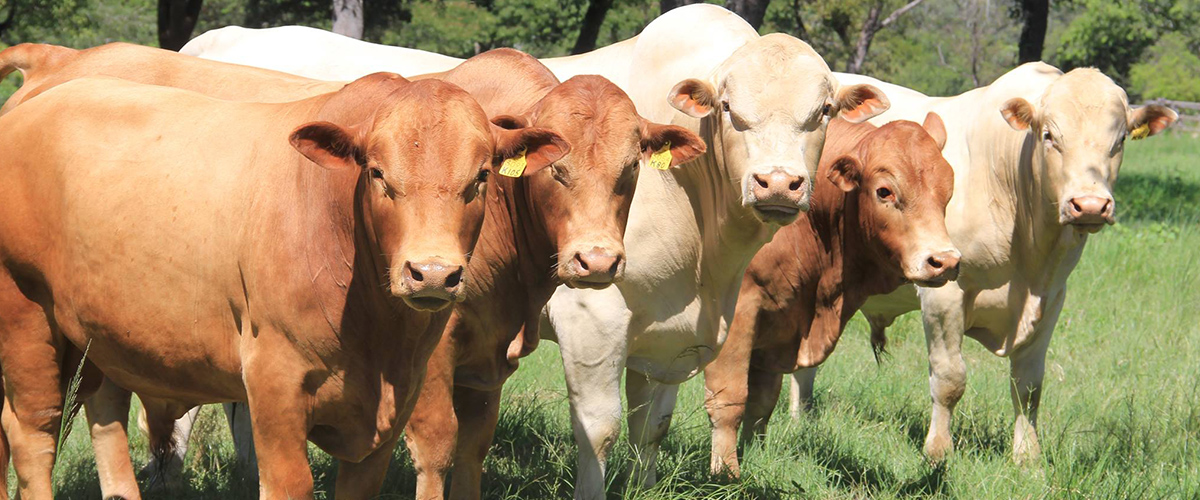Effects of climate variability on lifestock population dynamics and and community drought management in Kgalagadi, Botswana
A study was conducted to determine the influence of climate variability on livestock population dynamics in Kgalagadi district. Data on NAO, ENSO and SSTs indices were regressed and correlated against regional rainfall for kgalagadi region and livestock populations. Regional rainfall data was also related to livestock population dynamics. The results suggested that NAO, ENSO and SSTs were not good predictors of regional rainfall variability and livestock population dynamics (P > 0.05). The regional rainfall was highly variable and accounted for fluctuations on cattle and goat populations (P < 0.05) but not sheep population. Goat population appeared more sensitive to rainfall variability than other livestock species. Cattle death rate was also strongly influenced by rainfall variability whereas other livestock performance indicators were not significantly accounted for by rainfall variability. The results suggest that management need to be improved to buffer impact of climate variability on livestock population.
ENSO
SST
Rainfall variability
Livestock populations
Kgalagadi
Kgosikoma (PhD, Olaotswe Ernest. (2019). EFFECTS OF CLIMATE VARIABILITY ON LIVESTOCK POPULATION DYNAMICS AND COMMUNITY DROUGHT MANAGEMENT IN KGALAGADI , BOTSWANA.








